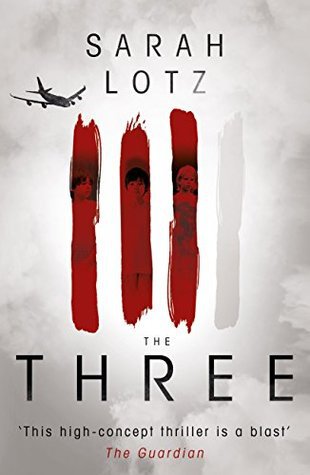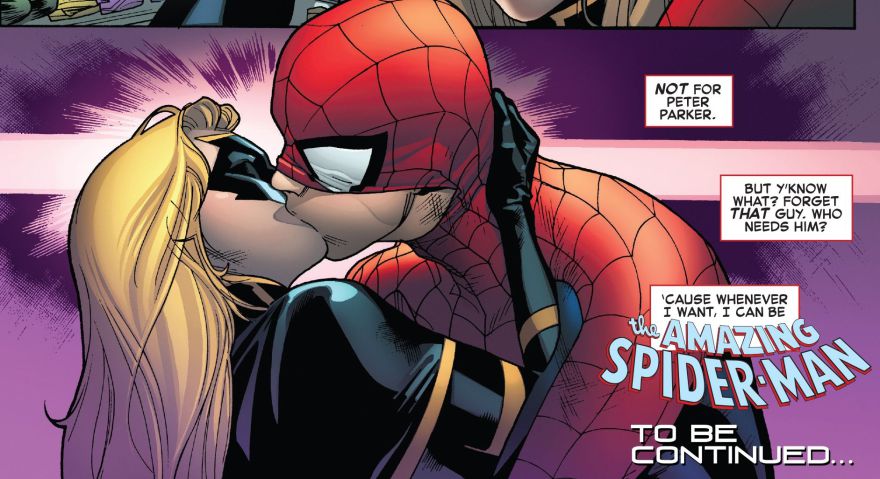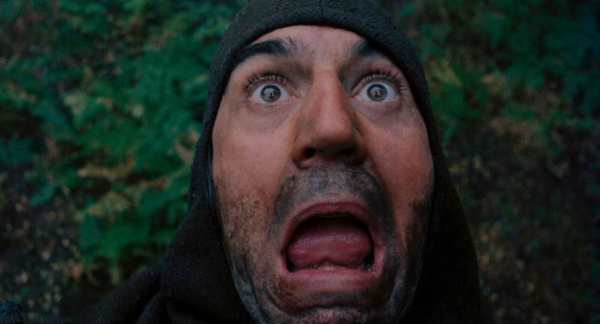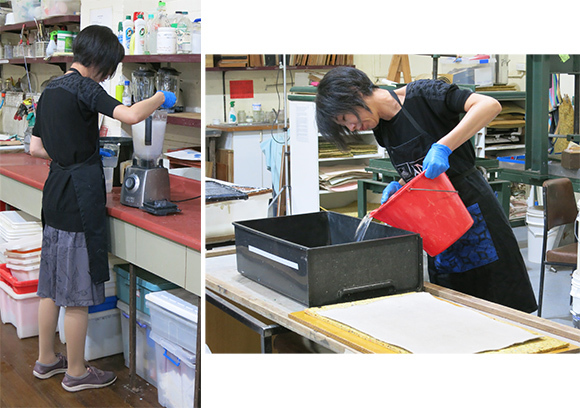 Unfollow Vol. 2: God Is Watching
Unfollow Vol. 2: God Is Watching
Rob Williams: writer; Mike Dowling, Marguerite Sauvage, Ryan Kelly: artists; Quinton Winter, Marguerite Sauvage: colorists
Vertigo Comics, 2016
The plot thickens for the “fortunate” 140 Headspace users selected to inherit founder Larry Ferrell’s fortune. The quotes come into play because the fewer of them left in the end, the larger their individual shares. That’s part of the social experiment, and it’s a test that at least some of the 140 appear to be failing. There are several individual deaths in this collection, and two attempts to seek protection as a group in a fortress. One group travels to Russia, where Deacon has set up an island with a private army. Another large group gathers around the author/guru/cult leader Akira on an island in Japan. Mr. Rubenstein (the guy in the mask) has said he’s out to hunt the 140: but he’s surprised (and delighted) to find that there is at least one more unknown person doing the same thing. And the attacks on both fortresses are massive in scale, with what appears to be a comparably large fatality rate–the arc ends in a cliffhanger.
 Nailbiter Vol. 4: Blood Lust
Nailbiter Vol. 4: Blood Lust
Joshua Williamson, story; Mike Henderson, art; Adam Guzowski, colors; John J. Hill, letters & book design
Image Comics, 2016
An action-packed installment, with lots of new information. Agent Carroll (the one who came to Buckaroo to solve the serial killer mystery and wound up in a coma with his arms and legs amputated) awakens, but we don’t get to see him until the end, for the cliffhanger. The scene shifts to Atlanta, where there is a new serial killer who may be connected to Buckaroo. Barker and Finch get called in to consult, and discover an elaborate scheme with the Nailbiter involved. Turns out he was running a kind of Underground Railroad for people escaping from Buckaroo. The town has such an unsavory reputation that a fresh start requires a new identity with no connections to the place. Agent Barker has been having headaches, accompanied by vivid fantasies of committing extreme violent acts. As this arc ends, it appears that she has finally succumbed to those impulses. A shocking final scene is followed by To Be Continued.
 The Love Bunglers
The Love Bunglers
Jaime Hernandez
Fantagraphics Books, 2014
I clearly have a lot of Hernandez Brothers stuff to catch up on. This story was originally published in Love and Rockets: New Stories numbers 3 and 4. It centers around Maggie and Ray–probably the “Love Bunglers” of the title, although the same could be said of most of these characters, so it’s hard to be sure. Hernandez’s characters have always aged in real time, but this story is an especially vivid example of that. A couple of chapters are devoted to Maggie’s childhood, including the teenage years when she became an auto mechanic. The sad story of the sexual abuse suffered by her brother Calvin–a family secret–comes back to haunt her as an adult. In the present Maggie is middle aged, and feeling a bit past her prime: one of the younger women, unable to understand Maggie’s continuing attractiveness to men, refers to her sarcastically as a “fat Mexican.” She has had an on-again, off-again relationship with Ray for years, and we see them move together, apart, then together again in the course of this installment. It’s a tragic story in many ways, yet it has a bittersweet conclusion. There’s as much heart here as in any of Jaime’s work, which is saying something. An added bonus is a quick visit with Hopey, now also looking respectable and middle-aged, raising a child with her lesbian partner. Clearly you would have to have been following the series to fully appreciate this story: it assumes long familiarity with these characters, who become like family over the years.
 Marble Season
Marble Season
Gilbert Hernandez
Drawn & Quarterly, 2013
This is a semi-autobiographical self-contained graphic novel that is not set in Beto’s imaginary Latin American country Palomar. The main character is Huey, middle child in a large family growing up in a California suburb in the 1960s. He is introduced to comics by his older brother Junior (similar to Gilbert’s relationship with older brother Mario). In addition to reading comics Huey writes plays that he performs with his friends, and he’s also a fan of monster movies and other popular culture. So the rise of fan culture (and its relationship to Latino culture) is an undercurrent throughout. It’s a completely kid-centric view of the world: like Peanuts, the adults are mentioned, but they are completely off-panel. Nothing happens in the action/adventure sense common to most comics. It’s just kids growing up in the neighborhood; but rarely is the feeling of childhood captured so well. And many things happen, albeit quietly. The kids learn to cope with friends moving away; a tomboy becomes interested in boys and starts wearing dresses; two of the boys flirt with larceny; two of the boys fight periodically, in a friendly way. In short, they learn life lessons and grow up a little bit. The story is so full of pop culture references that Hernandez included a page of notes explaining them (for what its worth, I’m of an age close enough to his that I recognized all but two or three of them).
Advertisements Share this:




